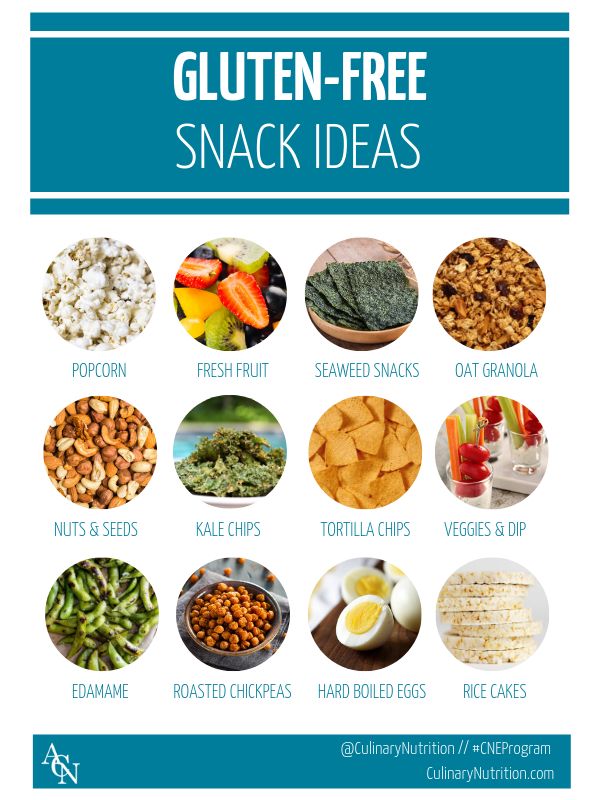Alright, let me tell you how I ended up going gluten-free, especially navigating it with our everyday Tamil food. It wasn’t some big doctor’s order, more like I was just feeling sluggish, you know? Bloated after meals sometimes. I read a bit online, heard people talking about cutting out gluten, and thought, why not give it a try myself? Just to see.

First Thoughts and Worries
My first reaction was, “Oh boy, how am I going to manage this with Tamil food?” We love our chapatis, parottas, and even things like upma made with rava (semolina wheat). Seemed like a big chunk of our diet involved gluten. I pictured myself eating plain rice all the time, which sounded pretty boring, honestly.
Getting Started: Looking Closer at Our Food
So, I started really looking at what we eat day-to-day. I sat down and made a mental list. What did I usually have for breakfast, lunch, dinner? It forced me to pay attention.
- Breakfast: Often idli, dosa, pongal. Hey, wait a minute! Idli and dosa are made from rice and lentils. Pongal is rice and dal. Those are naturally gluten-free! That was a good start. Upma was out, but okay, more idlis for me.
- Lunch: Usually rice with sambar, rasam, poriyal (vegetable stir-fry), kootu (lentil and veggie stew). Again, mostly rice-based. This looked promising. The main thing was avoiding wheat-based breads on the side.
- Dinner: This was where chapatis often came in. Or sometimes noodles or pasta, which were definitely out.
- Snacks: Lots of fried snacks can have wheat flour or semolina. Murukku sometimes uses rice flour, but bondas and bajjis often have besan (chickpea flour) mixed with a little wheat or rava. Had to be careful here.
Making the Changes: Swaps and Discoveries
I decided to focus on what I could eat. I leaned heavily into rice-based meals. Idli and dosa became even more frequent guests at my breakfast table. For lunch, it was easy – rice meals are king in Tamil cuisine anyway. I just made sure the accompaniments were safe.
For dinner, instead of chapati, I started exploring alternatives:

- Millet Rotis: I tried making rotis from ragi (finger millet), kambu (pearl millet), and cholam (sorghum) flour. Took some practice, they can be a bit dry or crumbly compared to wheat rotis. Mixing flours sometimes helped. Patting them out instead of rolling worked better for me.
- Adai: This is a type of thicker dosa made with mixed lentils and rice. Very filling and naturally gluten-free. I started making this more often.
- More Rice Dishes: Variety rice dishes like lemon rice, tamarind rice, tomato rice became dinner staples too.
For snacks, I stuck to things I knew were safe, like rice-flour based murukku or just simple fruit or nuts. I started reading labels more carefully too, especially for things like spice mixes or asafoetida (hing), as sometimes wheat flour is used as a binder. Found brands that were gluten-free.
Eating Out and Social Stuff
Eating out was a bit tricky. I learned to stick to safe bets: idli, dosa (making sure no rava was added for ‘crispiness’), full rice meals (‘saapadu’). I’d politely mention “no wheat” if ordering something specific like a curry, just to be safe. Sometimes people didn’t quite get ‘gluten-free’, but saying ‘no wheat’ usually worked. At family gatherings, I’d load up on the rice, sambar, and vegetable dishes and just skip the wheat items.
How It Went
So, how did it go? Well, after a few weeks, I did feel a bit less bloated, maybe a bit lighter. It wasn’t a magic bullet for everything, but there was a noticeable difference for me. The biggest thing I learned was that Tamil cuisine is actually incredibly gluten-free friendly if you just pay attention. Rice and lentils are the foundation. I rediscovered lots of millet-based dishes I hadn’t eaten much before.
It took some effort initially, especially figuring out the roti substitutes and checking labels. But once I got into the rhythm, it wasn’t that hard to maintain. It just involved being a bit more mindful about my choices. So yeah, that was my little experiment going gluten-free with Tamil food. It’s definitely possible, and you might be surprised how many options you already have!
